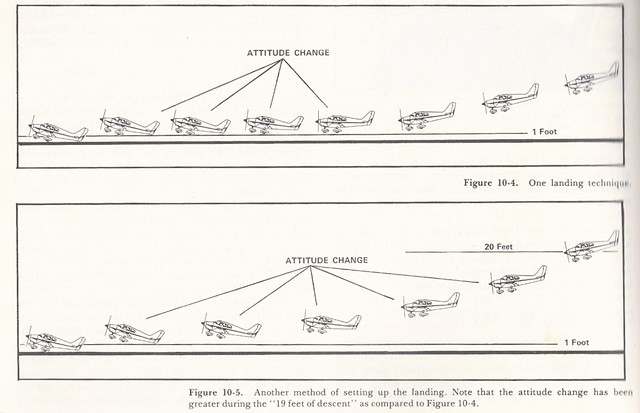Silly question I was hoping y'all could help me with. I think I'm getting different feelings on the flight controls confused when trying to land. People talk about ground effect all the time, but what does it actually feel like? Can you feel it on the controls, do they get mushier like in a stall? Does the plane just feel lighter?
Also, any of your pro tips on stable approaches are appreciated, though that is more easily found by searching the board
Thank you!
Also, any of your pro tips on stable approaches are appreciated, though that is more easily found by searching the board
Thank you!


